Pakistan ramped up its nuclear sabre-rattling ahead with President Barack Obama
Wed 21 Oct 2015, 12:52:53
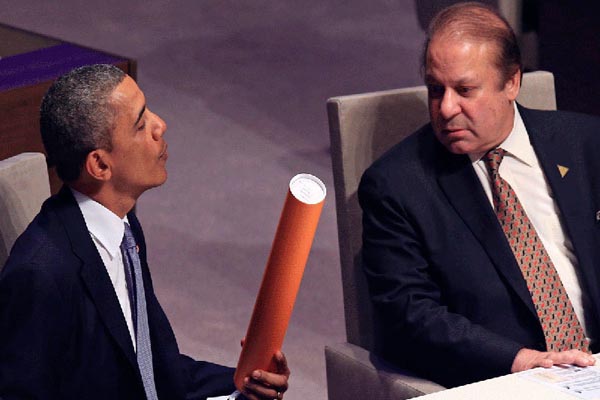
WASHINGTON: Pakistan ramped up its nuclear sabre-rattling ahead of Prime Minister Nawaz Sharif's meeting with President Barack Obama on Wednesday, saying its development and deployment of tactical battle field nuclear weapons (or mini-nukes) was only aimed at deterring any conventional Indian attack through New Delhi's so-called ''Cold Start'' doctrine.In a bold rationalisation of Pakistan's offensive nuclear posture, the country's foreign secretary Aizaz Chaudhury told Pakistani journalists ahead of the Obama-Sharif meeting that India had moved cantonments to the Pakistan border and created a gap in the conventional capabilities of the two countries through its Cold Start doctrine, and that has forced Pakistan to developed short-range nuclear weapons to deter any possible Indian attack.''Pakistan has built an infrastructure near border areas to launch a quickest response to Indian aggression... usage of such low-yield nuclear weapons would make it difficult for India to launch a war against Pakistan,'' Chaudhury was quoted as saying at a briefing meant only for Pakistani reporters, where the nuclear issue took centerstage.Some reports from the briefing cited Chaudhury saying tactical nuclear weapons had already been deployed in border areas, even as US officials have been signaling in recent days that Washington would like to roll back Pakistan's tactical nukes program for a possible civilian nuclear deal that will mainstream Islamabad's pariah status in the international community because of its ugly proliferation record. US interlocutors have argued that battlefield nukes are vulnerable to a heist by terror groups and rogue commanders with jihadist sympathies.But Chaudhury and other Pakistan officials have rejected any possibility of a deal that seeks to contain Pakistan's nuclear posture, which they says arises from the country's existential fears. Many experts have questioned these
overwrought qualms considering India has never formally adopted the Cold Start doctrine and has a no-first use of nuclear weapons policy.''Pakistani military planners and front-line soldiers will find battlefield nuclear weapons to be a logistical nightmare. Indeed, the unanticipated challenges that arise with forward deployment and use of tactical nuclear weapons offset the deterrent value these systems are purported to provide,'' warned a recent review by the Stimson Center of Pakistan's tactical nukes.The reference is to Pakistan's Army General Raheel Sharif, who is believed to wield the real power behind the civilian facade of Nawas Sharif. Ahead of Nawaz Sharif's visit, Rizvan Akhtar, the director of Pakistan's intelligence service ISI, visited Washington to discuss the red lines consequent to US anger about Pakistan's subversive role in Afghanistan.Sharif, who is flying into the US on a Gulf Stream jet, will be housed in Blair House, opposite the White House, according to Pakistani sources. US President's typically use Blair House to signal the importance of a guest during a bilateral visit, but it has also been used in the past for a dressing down - as President Bill Clinton did to Nawaz Sharif in the middle of the Kargil war when then Army chief Pervez Musharraf sent him to Washington to sue for peace.p CommentHe again left to US with his begging bowlSanjeev SeemaGoing further back, it was in Blair House that a clueless Benazir Bhutto was shown the nuclear assets built up by the country's military regime during the Clinton era.Sharif is also expected meet US lawmakers, have business meetings, and speak at a think-tank, following a standard Washington template, although efforts to replicate Prime Minister's Narendra Modi's expansive outreach didn't work out. In fact, the trip has reportedly been whittled down to three days after Pakistani planners found it hard to work in enough engagements.
overwrought qualms considering India has never formally adopted the Cold Start doctrine and has a no-first use of nuclear weapons policy.''Pakistani military planners and front-line soldiers will find battlefield nuclear weapons to be a logistical nightmare. Indeed, the unanticipated challenges that arise with forward deployment and use of tactical nuclear weapons offset the deterrent value these systems are purported to provide,'' warned a recent review by the Stimson Center of Pakistan's tactical nukes.The reference is to Pakistan's Army General Raheel Sharif, who is believed to wield the real power behind the civilian facade of Nawas Sharif. Ahead of Nawaz Sharif's visit, Rizvan Akhtar, the director of Pakistan's intelligence service ISI, visited Washington to discuss the red lines consequent to US anger about Pakistan's subversive role in Afghanistan.Sharif, who is flying into the US on a Gulf Stream jet, will be housed in Blair House, opposite the White House, according to Pakistani sources. US President's typically use Blair House to signal the importance of a guest during a bilateral visit, but it has also been used in the past for a dressing down - as President Bill Clinton did to Nawaz Sharif in the middle of the Kargil war when then Army chief Pervez Musharraf sent him to Washington to sue for peace.p CommentHe again left to US with his begging bowlSanjeev SeemaGoing further back, it was in Blair House that a clueless Benazir Bhutto was shown the nuclear assets built up by the country's military regime during the Clinton era.Sharif is also expected meet US lawmakers, have business meetings, and speak at a think-tank, following a standard Washington template, although efforts to replicate Prime Minister's Narendra Modi's expansive outreach didn't work out. In fact, the trip has reportedly been whittled down to three days after Pakistani planners found it hard to work in enough engagements.
No Comments For This Post, Be first to write a Comment.
Most viewed from International
Most viewed from World
AIMIM News
Latest Urdu News
Most Viewed
May 26, 2020
Can Lionel Messi's visit boost Indian football?
Latest Videos View All
Like Us
Home
About Us
Advertise With Us
All Polls
Epaper Archives
Privacy Policy
Contact Us
Download Etemaad App
© 2026 Etemaad Daily News, All Rights Reserved.


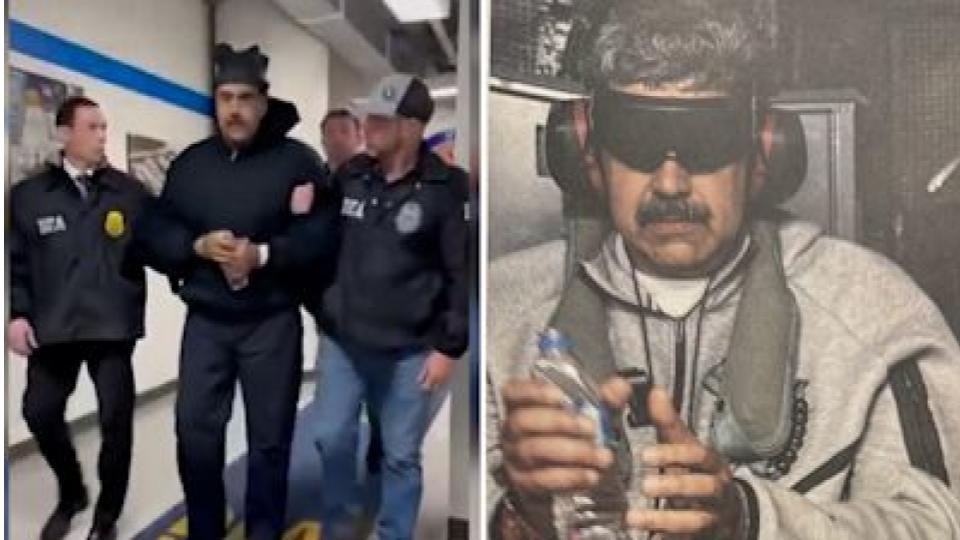

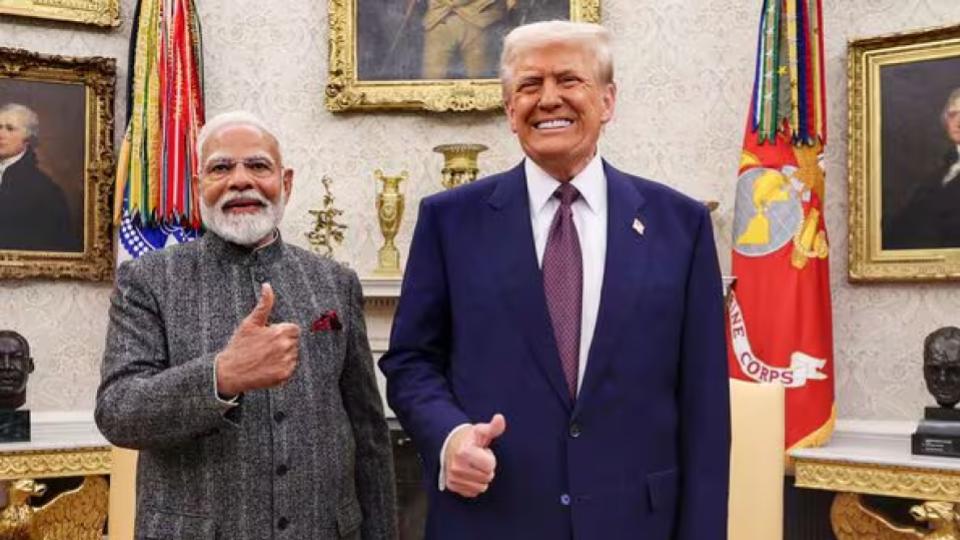
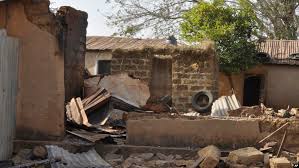
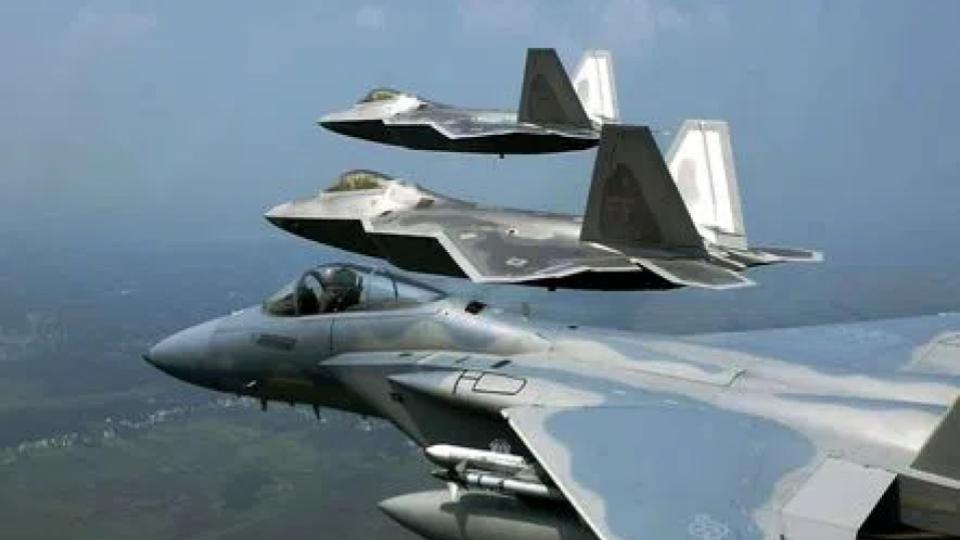
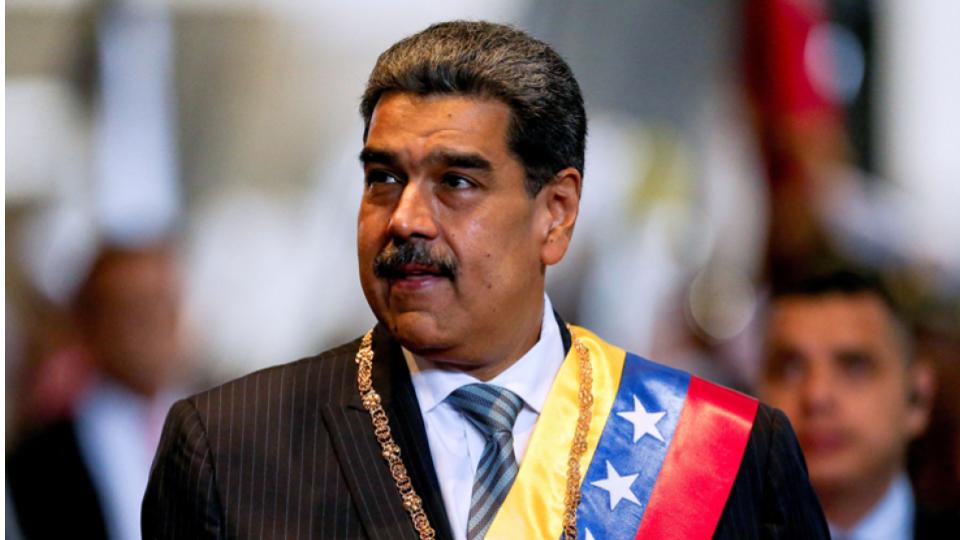




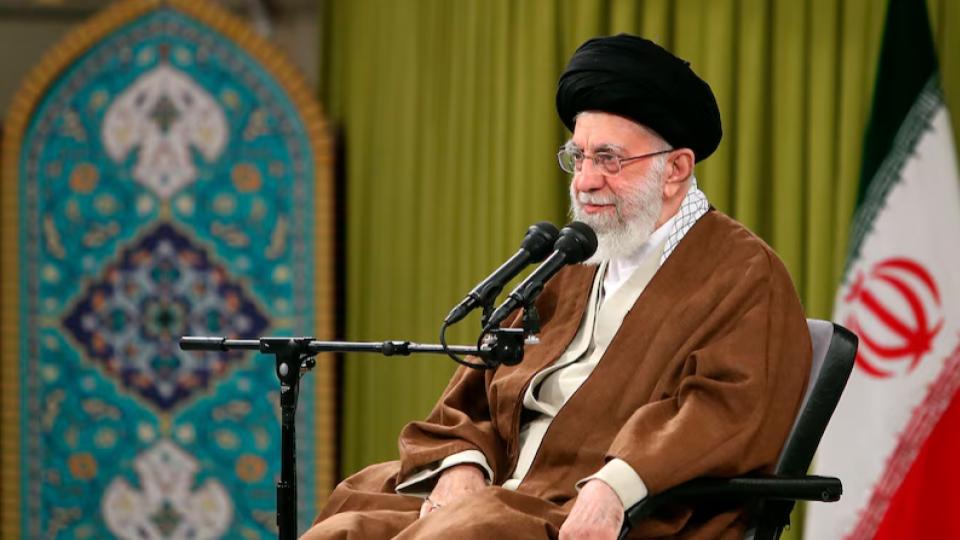
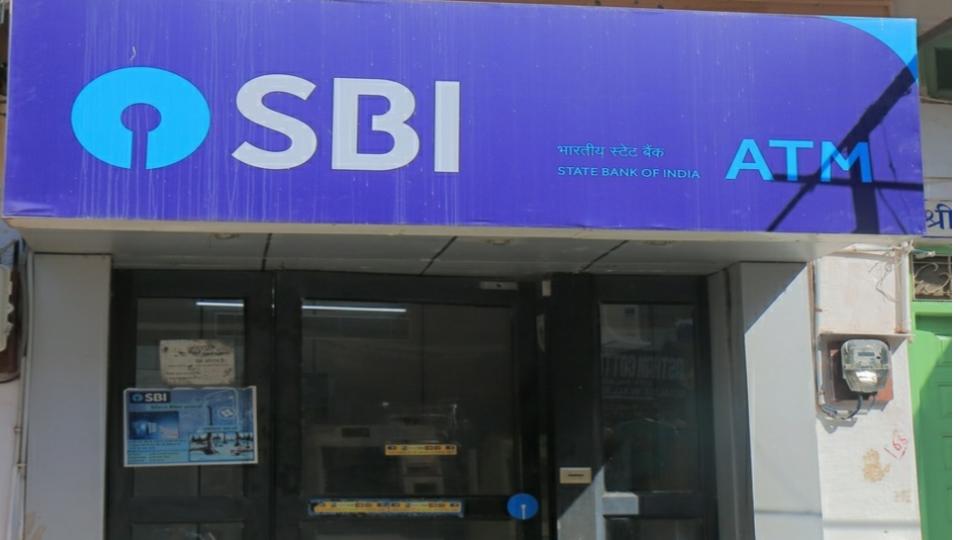
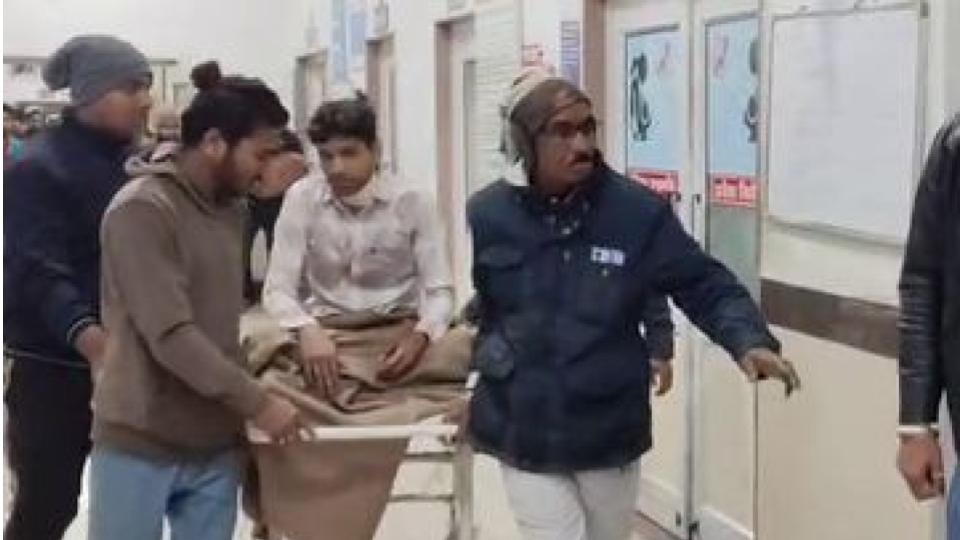

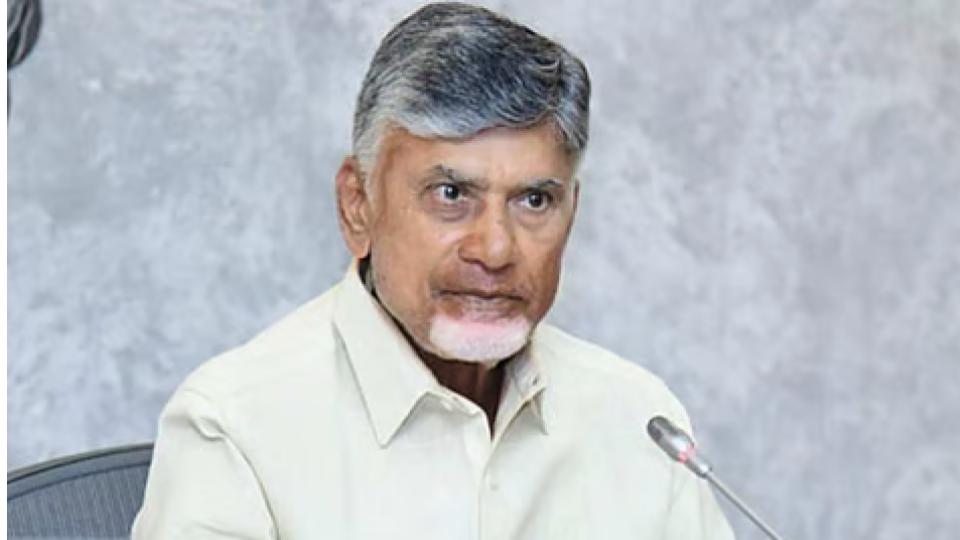
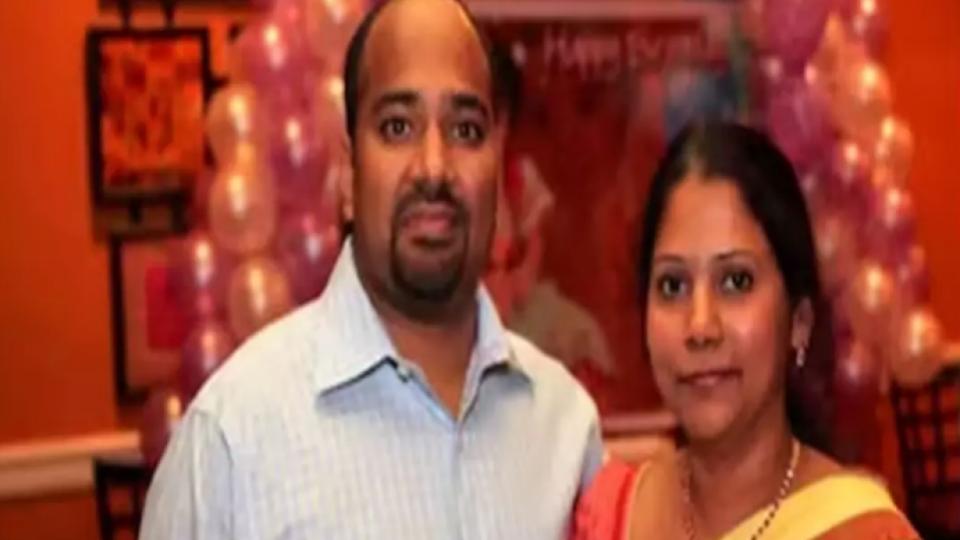
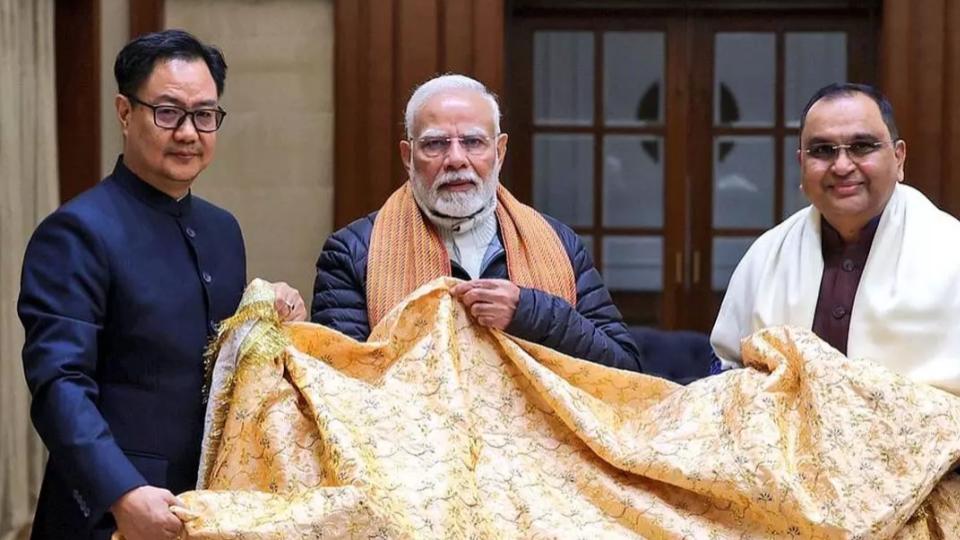
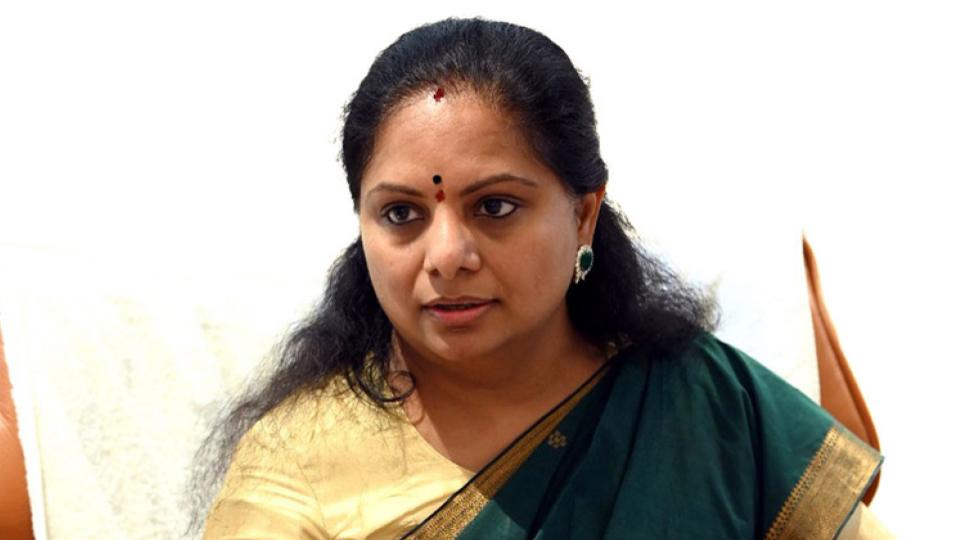
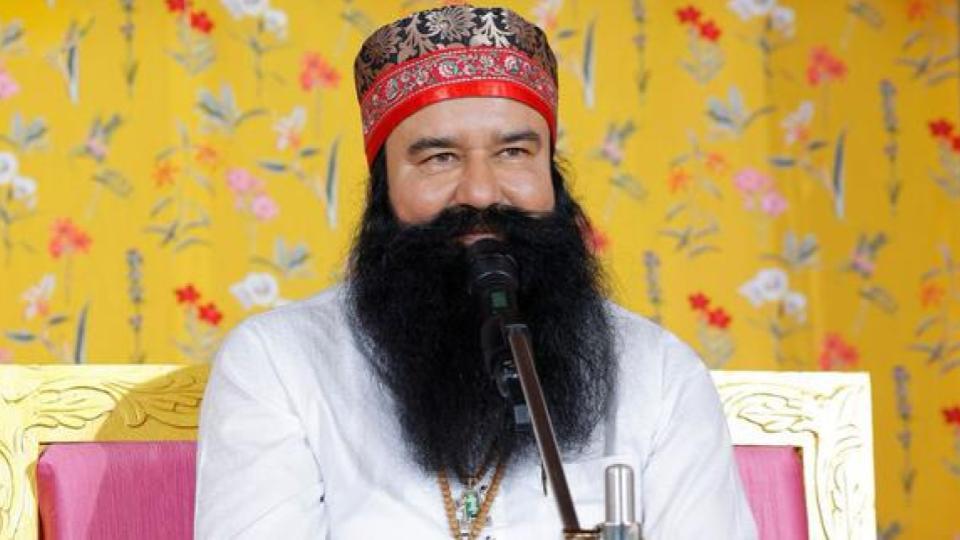
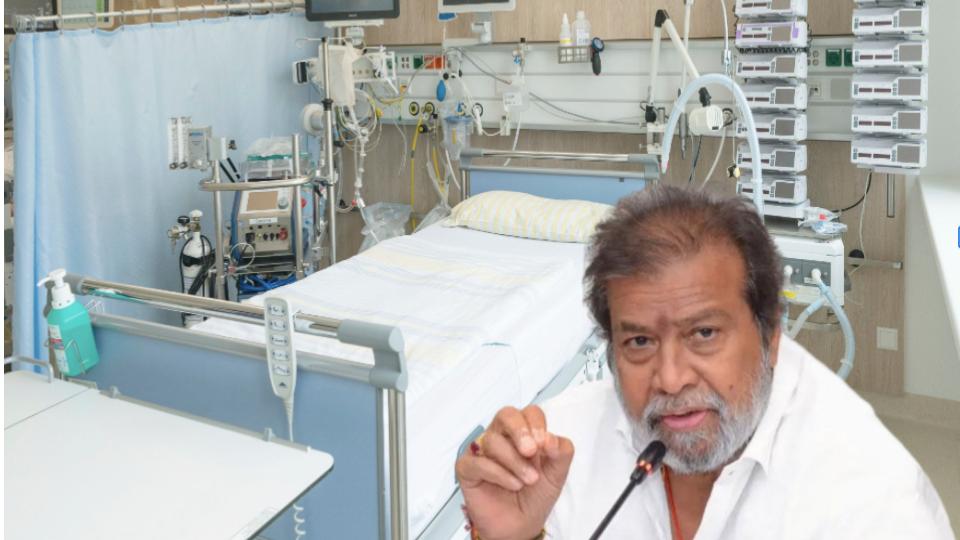
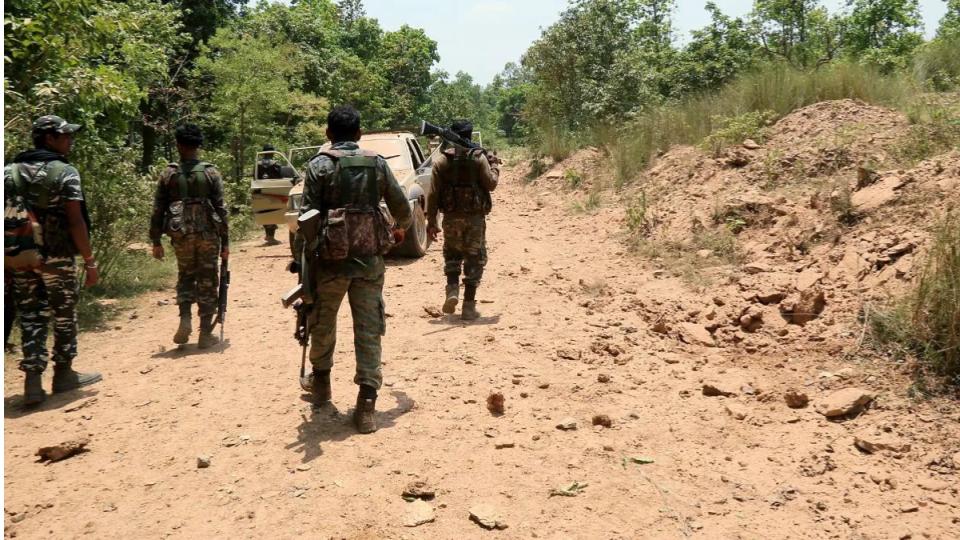
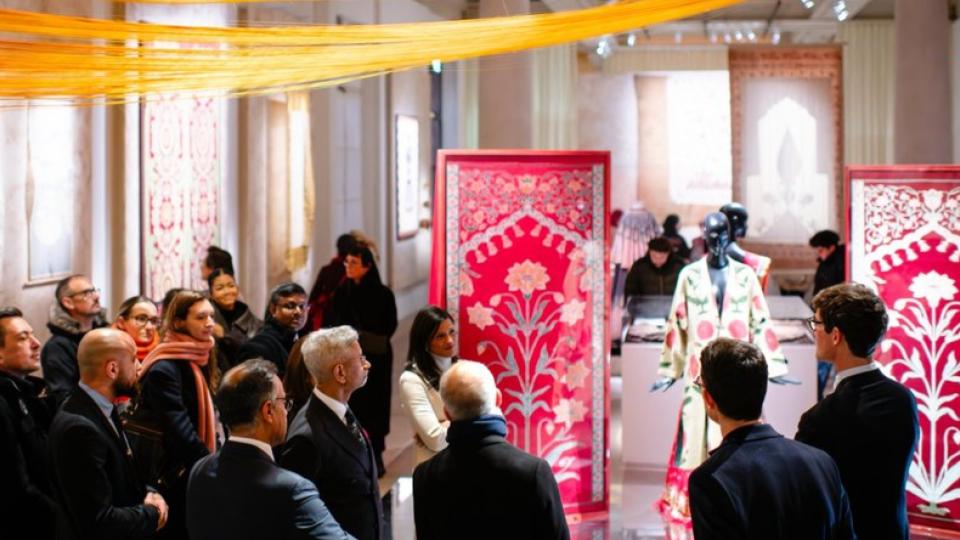


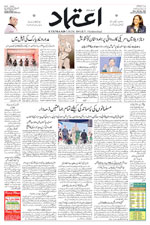



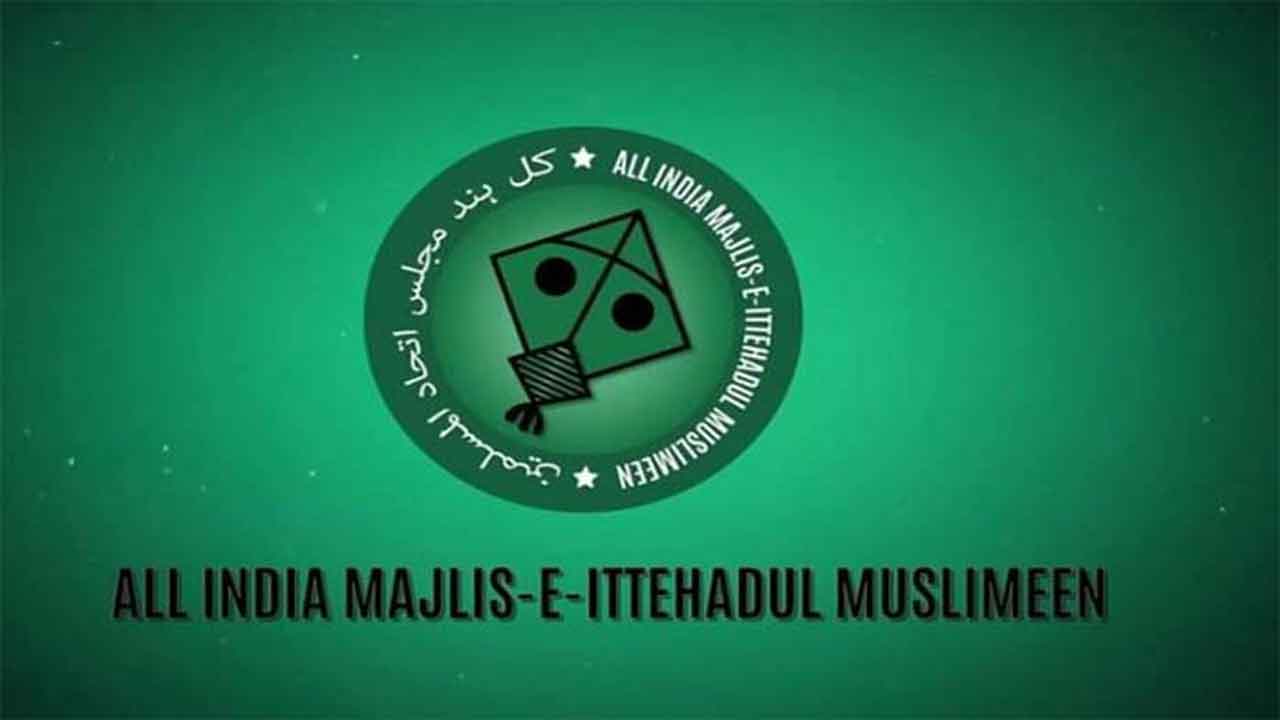
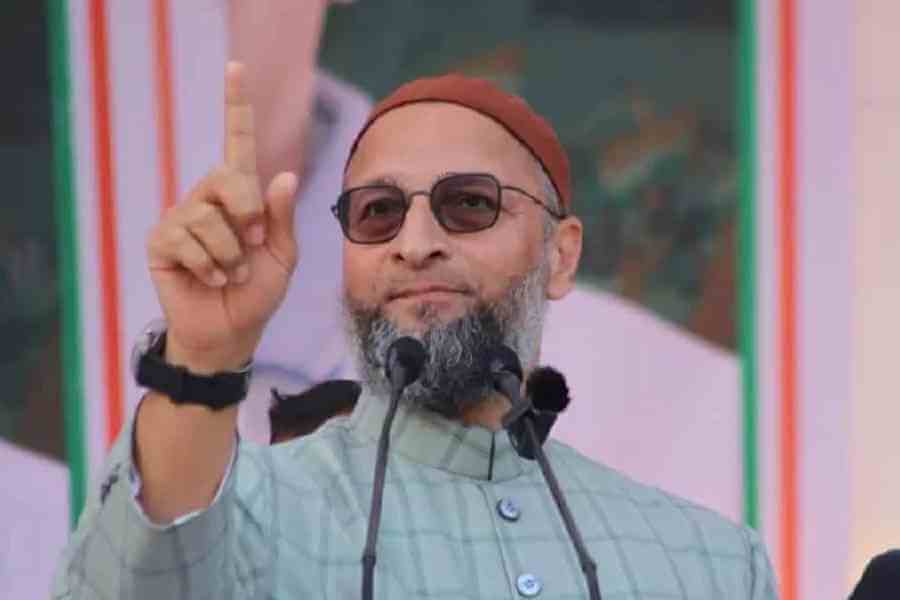
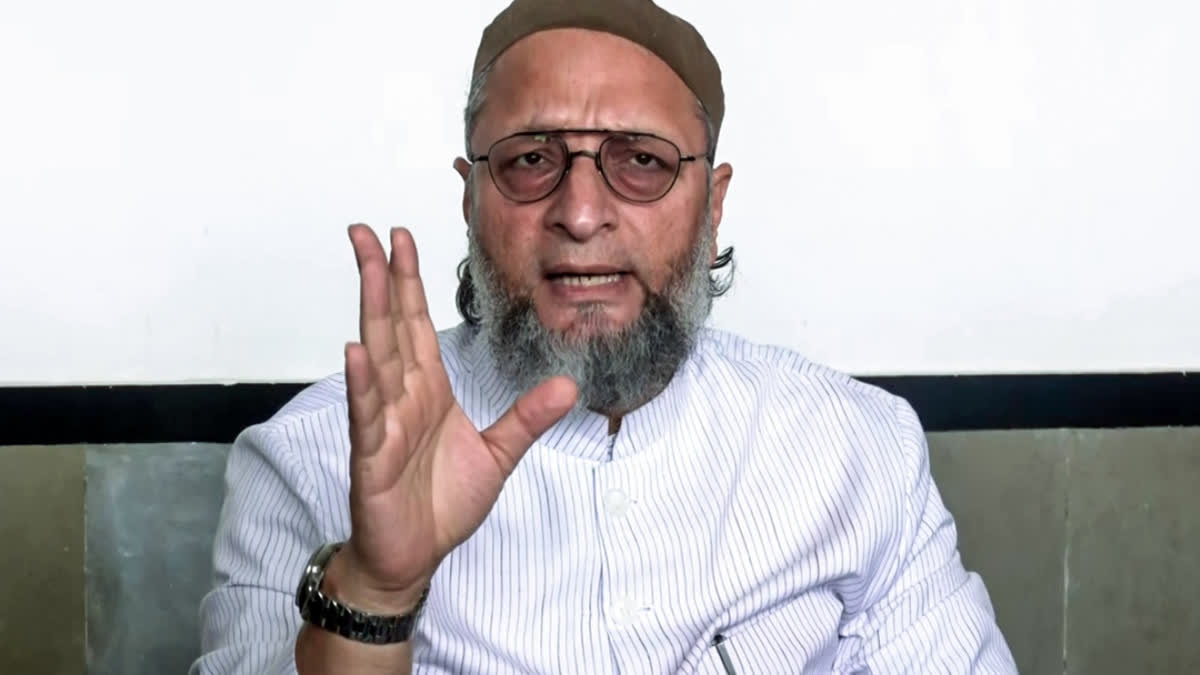
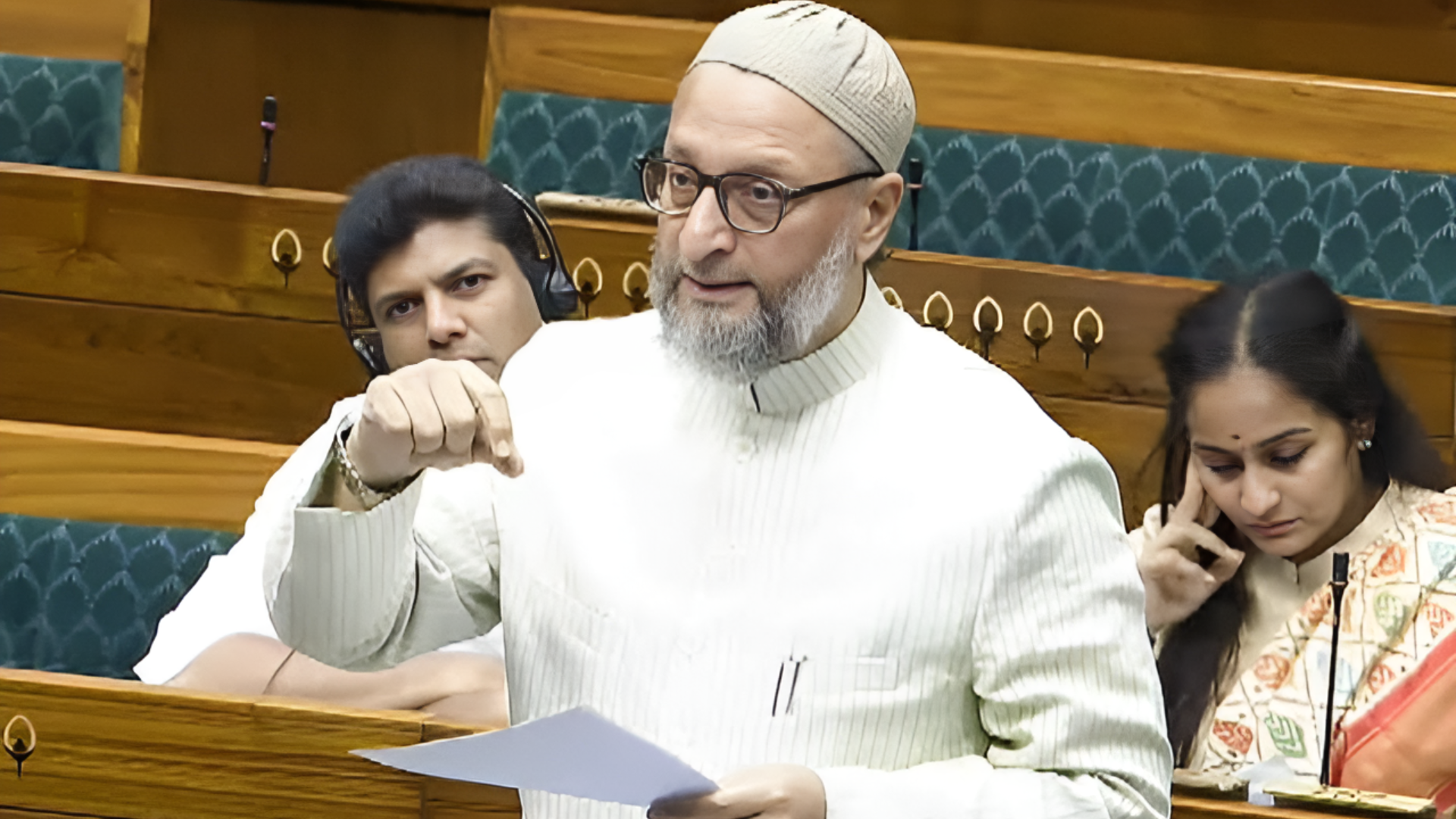
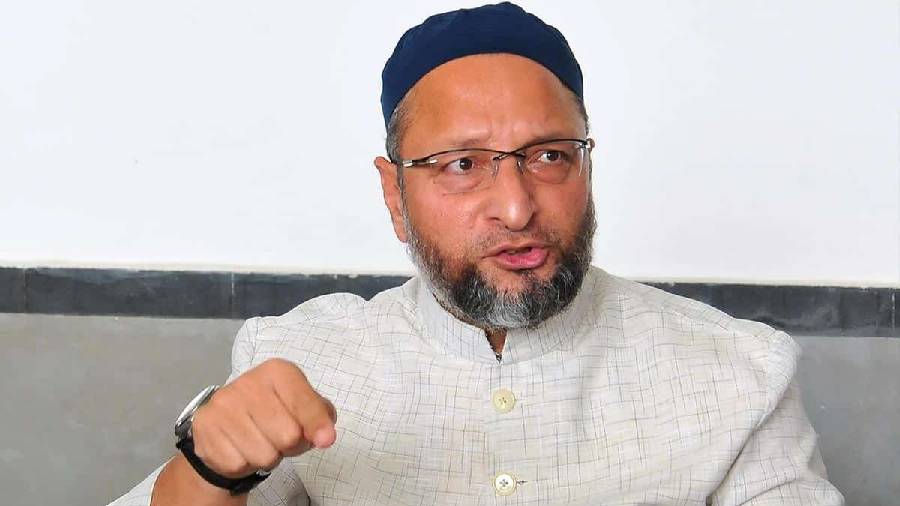
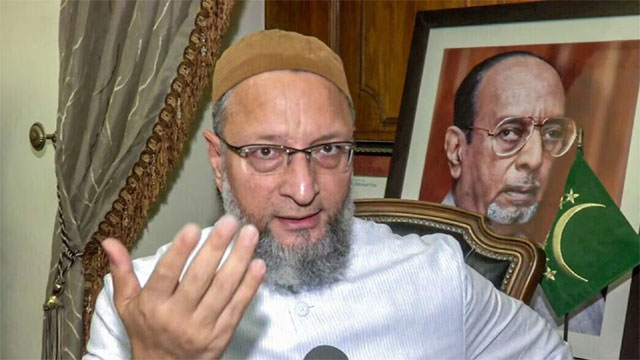
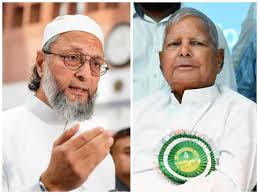
.jpg)
.jpg)
.jpg)


